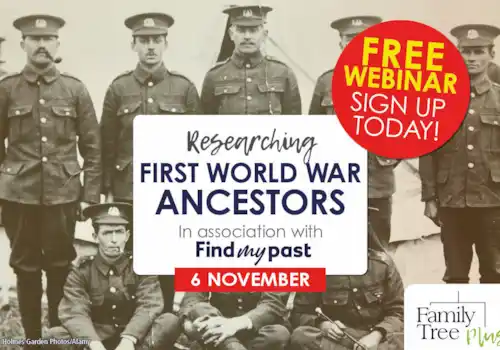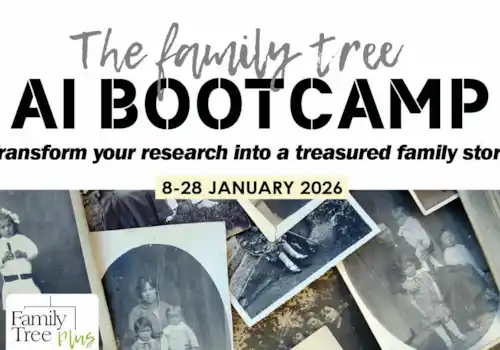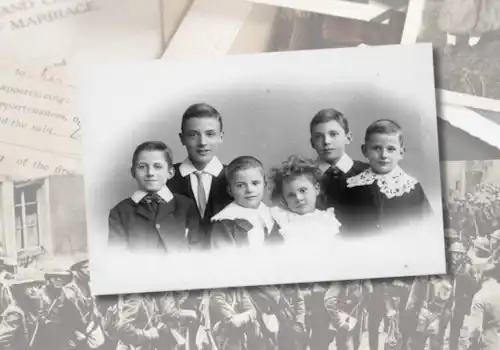02 December 2022
|
In a pioneering new study, History and Heritage Science researchers at Nottingham Trent University will use cutting edge scientific imaging to examine and analyse a ‘rare and precious’ genealogical roll.
The document, produced during the Wars of the Roses, has not been seen publicly for over 20 years. It was made between 1447 and 1455 in the period leading up to the Battle of St Albans when Henry VI’s favourites were toppled from power. The new spectral imaging method developed by Nottingham Trent University for scanning manuscript rolls will produce not only high resolution colour images given by traditional digitisation but also material and ‘hidden’ information.
The roll - MS 501 which is located at Burlington House with the London Society of Antiquaries - is almost 50ft long and is considered to be one of the finest late-medieval chronicles in the world. Because of its unusual size and length, the roll cannot currently be accessed and presents unique challenges when it comes to digitisation.
“This is a fascinating document which still holds secrets after hundreds of years,” said Dr Hodgson, of the School of Arts and Humanities, leading the research on the history of genealogy rolls.
“There are a large number of genealogical rolls produced and edited during the Wars of the Roses as different sides of the political spectrum sought to legitimise their claims to power, but this one is particularly unique in terms of its size and detail.
“The team are thrilled to help conserve this beautiful object and make it more accessible. In addition, by comparing the scientific and historical data gleaned from this roll with other contemporary examples, we will understand much more about who made it and why, and how roll-makers used the historical past to rationalise and justify conflicts over leadership during this period.”
Image courtesy Nottingham Trent University








